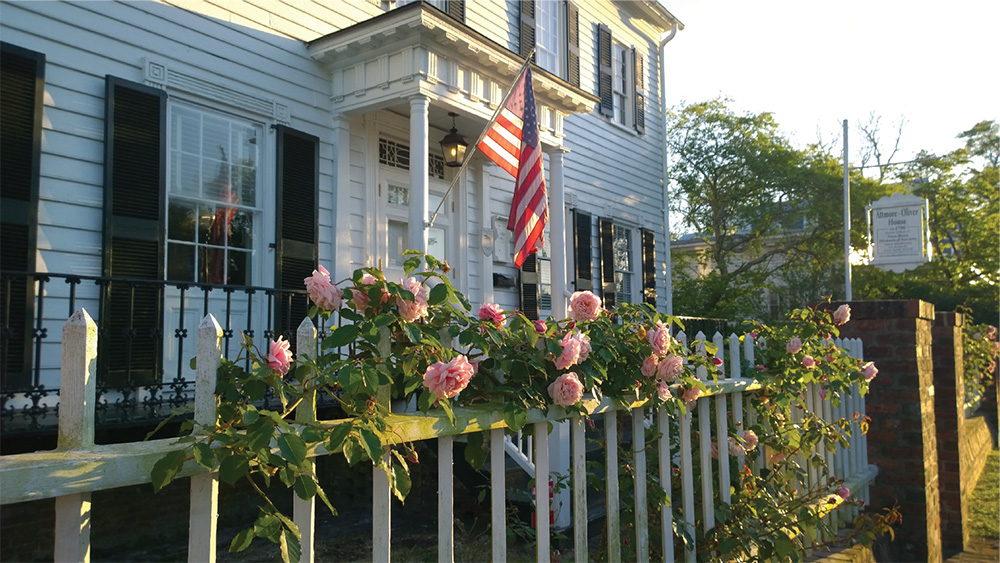This Month in New Bern, February 2020
What Happened in New Bern in February By Claudia Houston, New Bern Historical Society In February of 1902 an elderly black man died and his obituary was posted in the local newspaper. He was born a slave and was greatly respected by blacks and whites. Who was this man? On February 2, 1902, The Daily […]
This Month in New Bern, February 2020 Read More »


